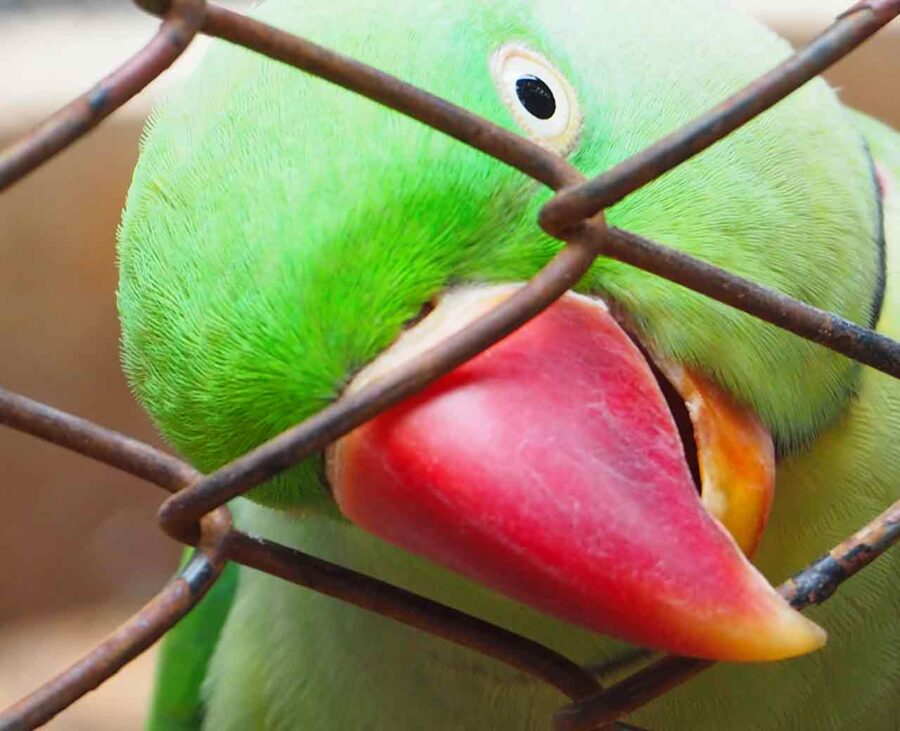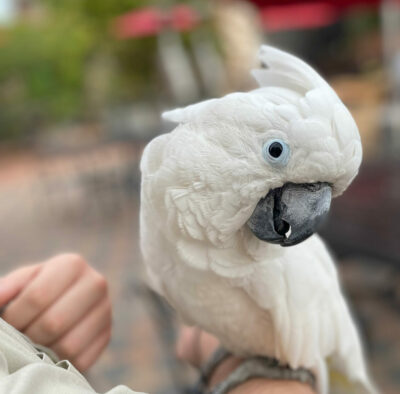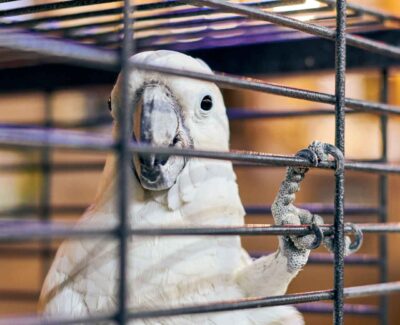
Why Quarantining a New Bird Is So Important — And How to Do It Properly
Bringing home a new bird is the first step in a rewarding journey that promises to deliver many years of joy and companionship. But before you introduce your bird to their new environment or feathered roommates, it’s essential to take one key step: quarantine.
Some bird owners skip quarantine out of eagerness or lack of awareness, but it’s one of the most important parts of responsible bird ownership. Quarantining a new bird helps protect the health of your current flock, gives your new bird time to settle in, and allows you to catch any potential health issues early. Here’s why it matters — and how to do it properly.
The Importance of Quarantining a New Pet Bird
Birds can appear perfectly healthy on the outside, while in reality, they may be carrying contagious diseases or parasites. These illnesses can spread easily through shared airspace, food and water dishes, or even on your hands and clothing. Common issues include:
- Psittacosis (Parrot Fever)
- Polyomavirus
- Psittacine Beak and Feather Disease (PBFD)
- Avian Bornavirus (PDD)
- Mites, lice, and intestinal parasites
By keeping a new bird separate for a period of time, you’ll allow yourself the chance to observe their health and behavior closely and to have them checked by an avian veterinarian before introducing them to other birds.
Even if your new bird came from a reputable breeder or rescue, quarantine is still essential. Some diseases can remain dormant for weeks before symptoms appear — so a “clean bill of health” on day one doesn’t always tell the full story.
How to Quarantine a New Bird
The goal of quarantine is simple: prevent possible disease transmission while ensuring that your new bird gets a safe, stress-free start in their new home. Here’s how to do it effectively:
Choose a Separate Space
Ideally, keep the new bird in a different room with a separate air supply from your other birds. A closed door between rooms is often enough for most homes, but the farther apart the spaces, the better. Avoid shared air vents if possible.
Maintain Strict Hygiene
Always handle your existing birds before handling the new one, and wash your hands thoroughly between interactions. Use separate cleaning supplies, food bowls, and toys for each area. Some bird owners even change shirts or wear a dedicated smock when moving between rooms.
Schedule a Vet Visit as Soon as Possible
Within the first week, take your new bird to an avian veterinarian for a comprehensive exam and disease testing. Your vet can test for major viral and bacterial infections and screen for parasites. Follow their guidance on whether to extend the quarantine period based on the results.
Observe Closely
Keep an eye out for any changes in droppings, appetite, breathing, feather condition, or behavior. Subtle signs — like sleeping more than usual or fluffed feathers — may indicate early illness. Record your observations so you can share them with your vet if needed.
Be Patient
Most avian experts recommend a minimum of 30 days of quarantine, though 45 to 60 days is ideal for multi-bird households. It can be hard to wait when you’re eager for introductions, but patience now can prevent heartbreak later.
Beyond the Health Benefits of Quarantine
While disease prevention is the main goal of quarantine, it also serves as a valuable transition period for your new bird. This quieter, isolated time helps your bird adjust to new surroundings and routines without the stress of competing for attention or territory. It can be an opportunity to start building trust, establishing a daily schedule, and gently introducing your bird to your voice, presence, and handling. By the time quarantine ends, your new companion will feel more secure — and your existing flock will remain safe and healthy.
Are you planning to welcome a new bird into your home and want to ensure a healthy start? Find a qualified avian vet in your area using our handy locator tool!





